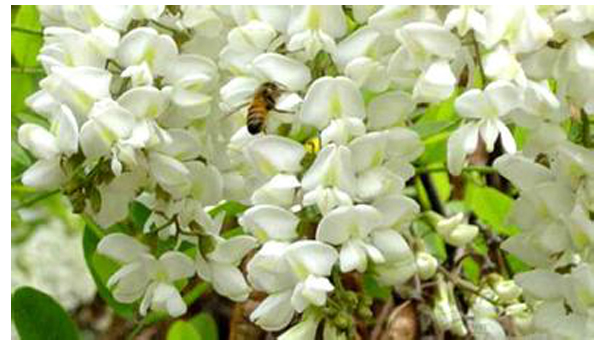2016 Latest Design Quercetin in St. Petersburg
2016 Latest Design Quercetin in St. Petersburg Detail:
[Latin Name] Sophora Japonica L
[Plant Source] from China
[Specifications] 90%-99%
[Appearance] Yellow crystalline powder
Plant Part Used:Bud
[Particle size] 80 Mesh
[Loss on drying] ≤12.0%
[Heavy Metal] ≤10PPM
[Storage] Store in cool & dry area, keep away from the direct light and heat.
[Shelf life] 24 Months
[Package] Packed in paper-drums and two plastic-bags inside.
[Net weight] 25kgs/drum
Brief Introduction
Quercetin is a plant pigment (flavonoid). It is found in many plants and foods, such as red wine, onions, green tea, apples, berries, Ginkgo biloba, St. John’s wort, American elder, and others. Buckwheat tea has a large amount of quercetin. People use quercetin as a medicine.
Quercetin is used for treating conditions of the heart and blood vessels including “hardening of the arteries” (atherosclerosis), high cholesterol, heart disease, and circulation problems. It is also used for diabetes, cataracts, hay fever, peptic ulcer, schizophrenia, inflammation, asthma, gout, viral infections, chronic fatigue syndrome (CFS), preventing cancer, and for treating chronic infections of the prostate. Quercetin is also used to increase endurance and improve athletic performance.
Main Function
1.Quercetin may expel phlegm and arrest coughing, it can also be used as anti-asthmatic.
2. Quercetin has anticancer activity, inhibits PI3-kinase activity and slightly inhibits PIP Kinase activity, reduces cancer cell growth via type II estrogen receptors.
3.Quercetin may inhibit histamine release from basophils and mast cells.
4. Quercetin may control the spread of certain viruses within the body.
5, Quercetin may help reduce tissue destruction.
6.Quercetin may also be beneficial in the treatment of dysentery, gout, and psoriasis
Product detail pictures:

Related Product Guide:
We depend on sturdy technical force and continually create sophisticated technologies to meet the demand of 2016 Latest Design Quercetin in St. Petersburg , The product will supply to all over the world, such as: Toronto, London, Malaysia, Our expert engineering team will generally be prepared to serve you for consultation and feedback. We are able to also offer you with free of charge samples to meet your requirements. Best efforts will likely be produced to provide you the best service and merchandise. When you are keen on our business and products, please speak to us by sending us emails or call us quickly. In an effort to know our products and company extra, you may come to our factory to view it. We will generally welcome guests from all over the world to our business to create business relations with us. Please feel cost-free to speak to us for small business and we believe we'll share the best trading experience with all our merchants.
Greetings superfoodies,
Pumpkin seeds are delicious and are full of goodies, don’t throw away your pumpkin seeds this Halloween!
You can buy pumpkin seeds here https://www.detoxtrading.co.uk/pumpkin.htm
Please like this video and for more Detox Bites subscribe to the channel by clicking here https://www.youtube.com/subscription_center?add_user=detoxtrading
Facebook: www.facebook.com/detoxtrading
Twitter: @DetoxTrading
Detox Trading Blog: https://detoxtrading.blogspot.com
The supplier abide the theory of "quality the basic, trust the first and management the advanced" so that they can ensure a reliable product quality and stable customers.






